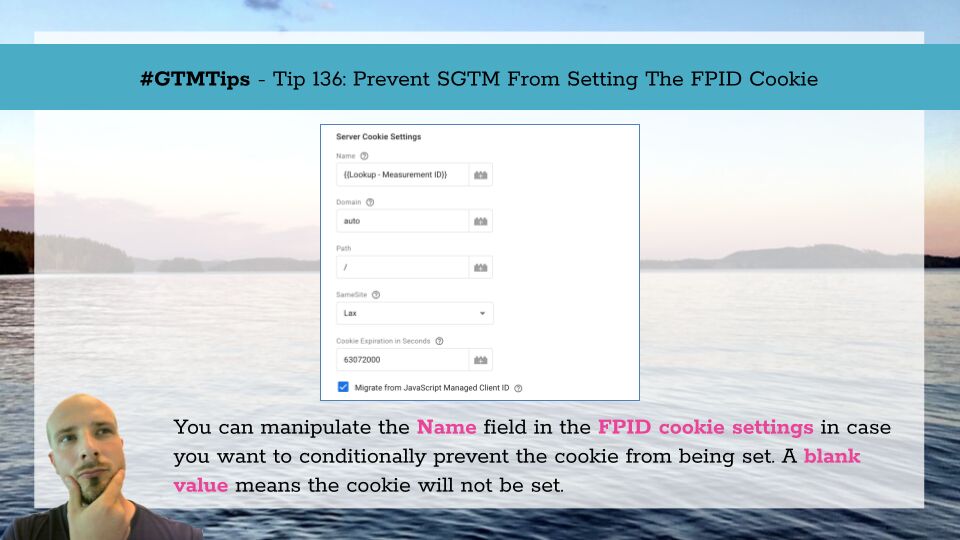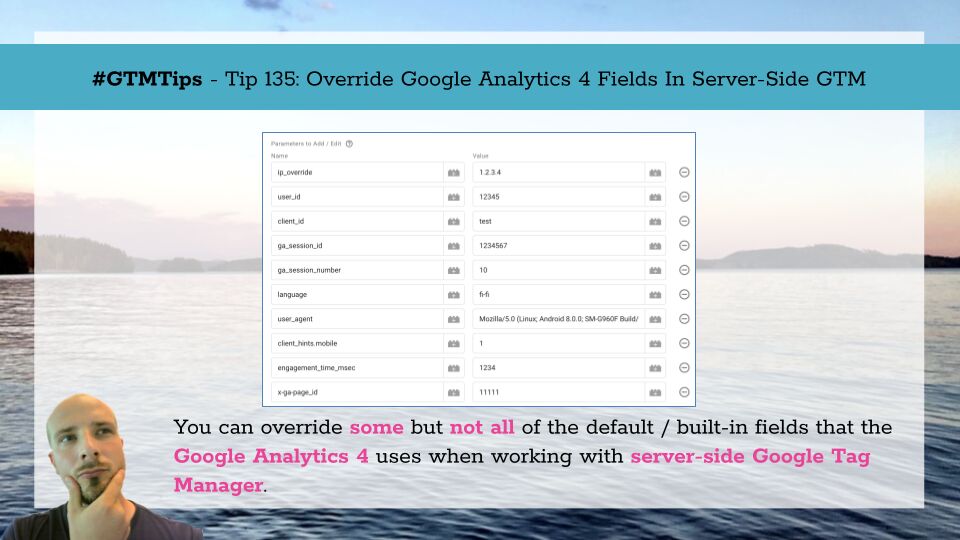Content warning: introspection, parenthood, “Floating Butt”.
When Benjamin (our first child) was born, my life as an individual was unraveled.
With every bellow from the newborn’s lungs, I could feel my personal agency slipping away from me.
From that magical moment onwards, I’ve been gripped by the polarizing emotions of parenthood.
At any given time, I’m galvanized by fear for the well-being of my children, or existentially deadlocked by the calamities of all the possible (terrible) futures for this planet, or (figuratively) high from the amazing content and purpose my children bring to my life.







